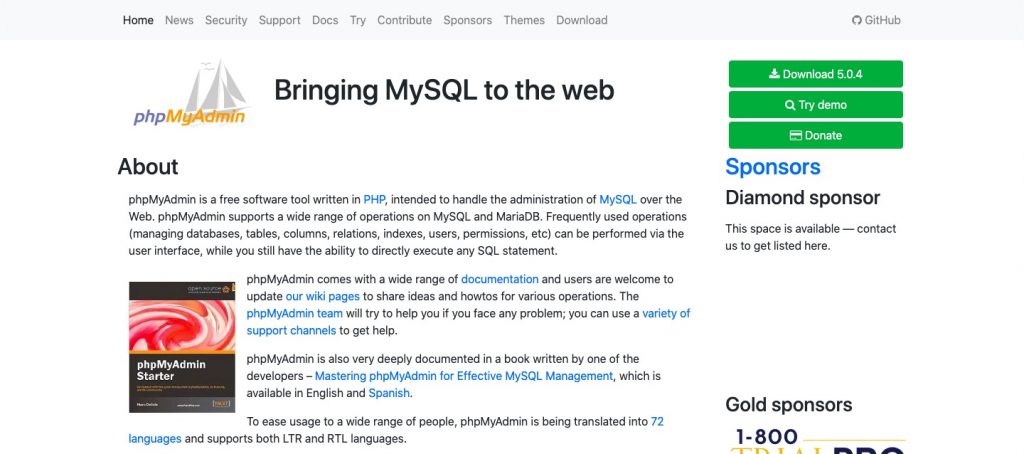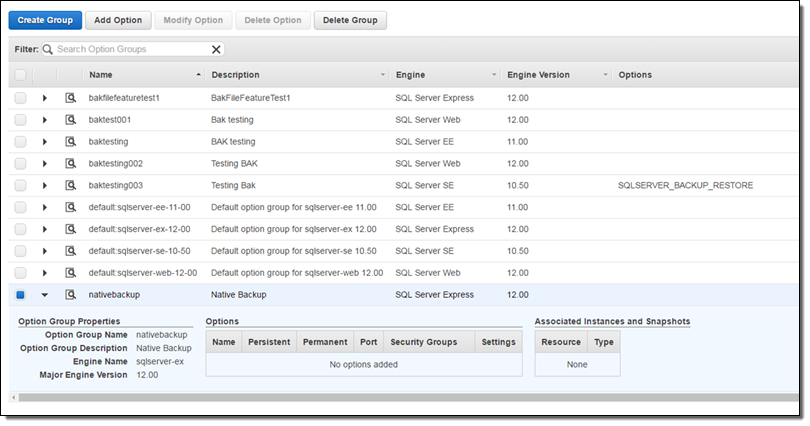

You can find instructions for doing these extractions for leading warehouses on our sister sites Amazon RDS to Redshift, Amazon RDS to BigQuery, Amazon RDS to Azure Synapse Analytics, Amazon RDS to PostgreSQL, Amazon RDS to Panoply, and Amazon RDS to Snowflake.Įasier yet, however, is using a solution that does all that work for you. From Amazon RDS to your data warehouse: An easier solutionĪs mentioned earlier, the best practice for analyzing Amazon RDS data in Google Data Studio is to store that data inside a data warehousing platform alongside data from your other databases and third-party sources. When you've built in this functionality, you can set up your script as a cron job or continuous loop to get new data as it appears in your database. Auto-incrementing fields such as updated_at or created_at work best for this.

You can identify key fields that your script can use to bookmark its progression through the data, and pick up where it left off as it looks for updated data.

The key is to build your script in such a way that it can identify incremental updates to your data. That process would be painfully slow and resource-intensive. But how will you load new or updated data? It's not a good idea to replicate all of your data each time you have updated records. At this point you've coded up a script or written a program to get the data you want and successfully moved it into your data warehouse.


 0 kommentar(er)
0 kommentar(er)
